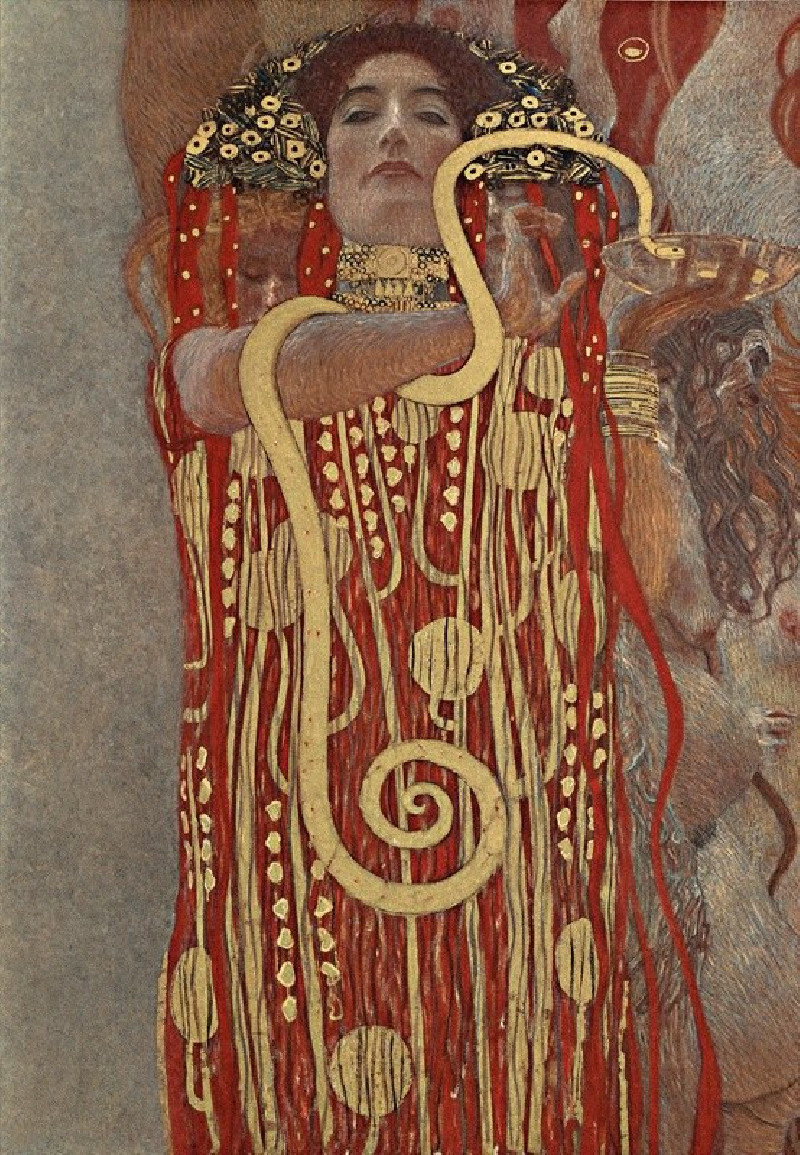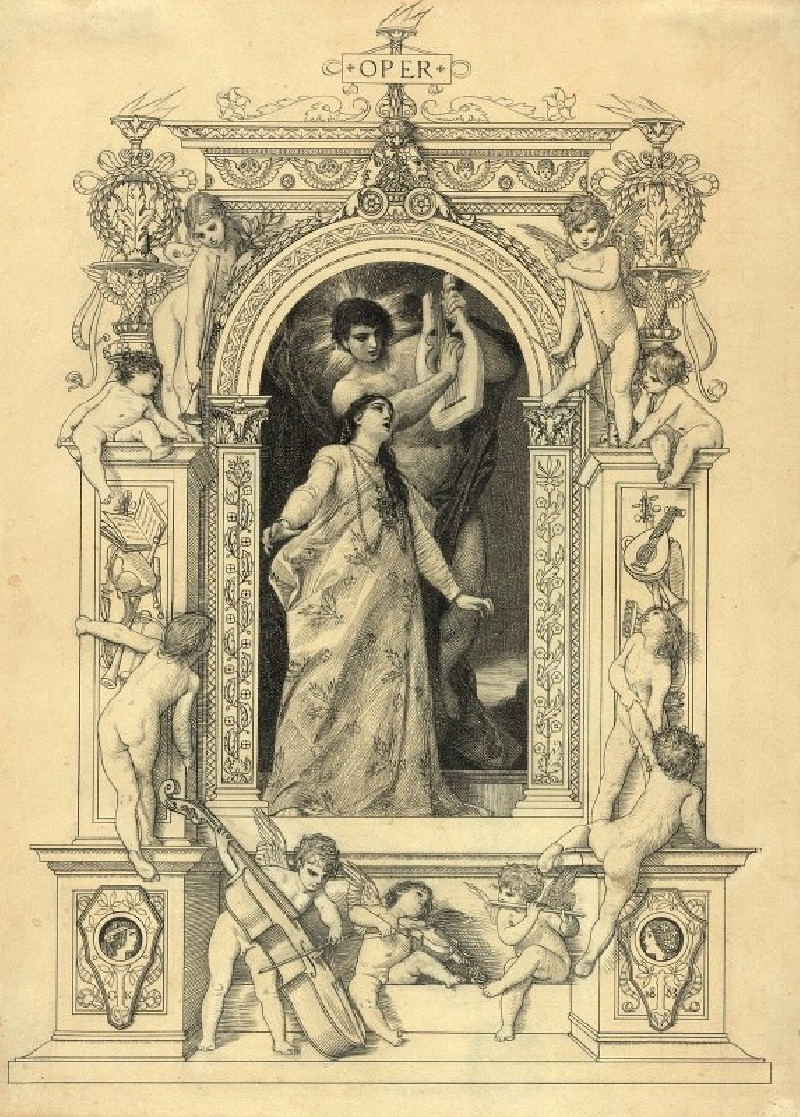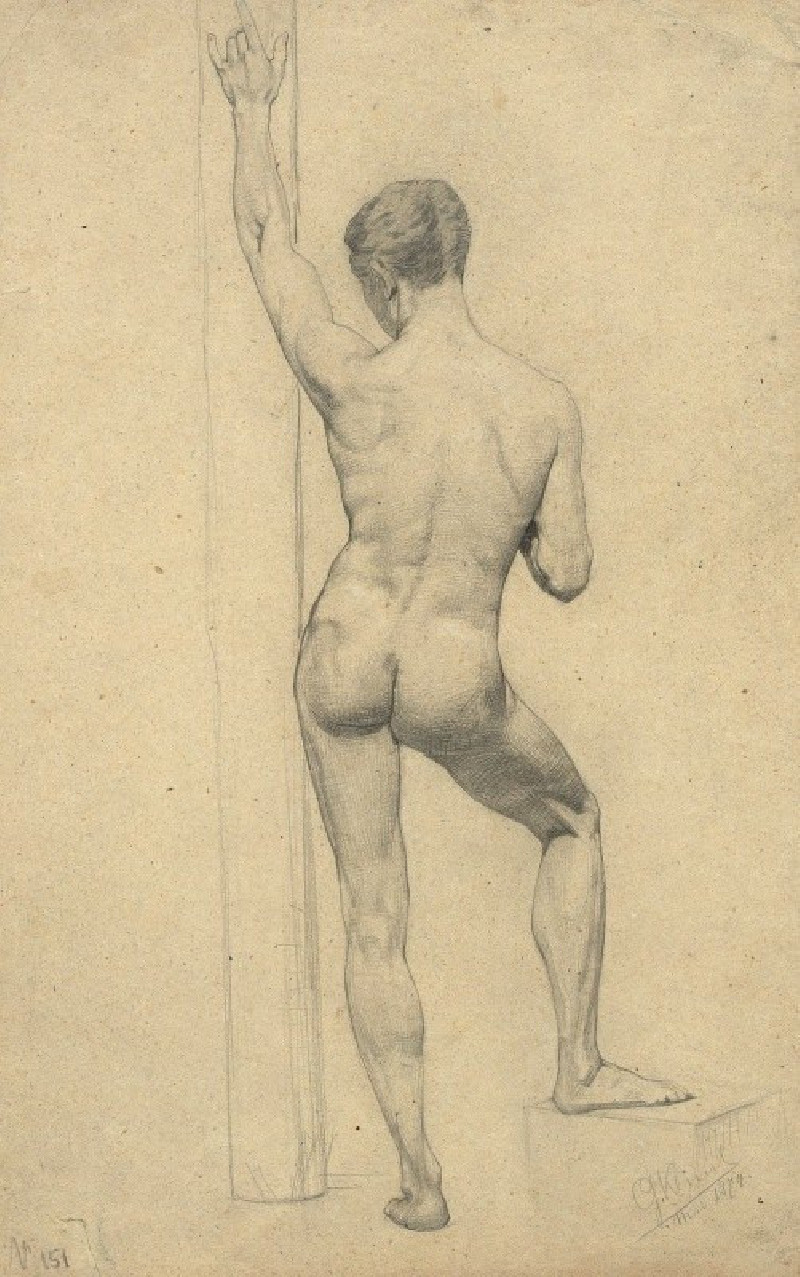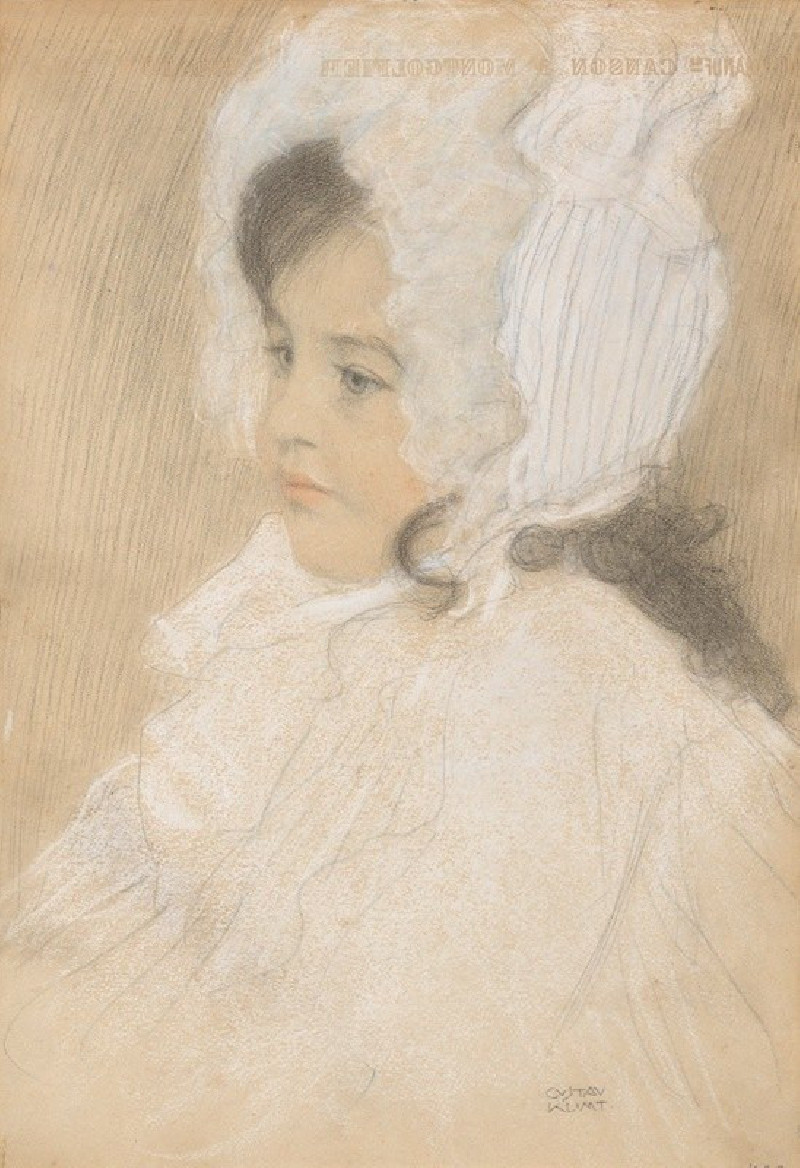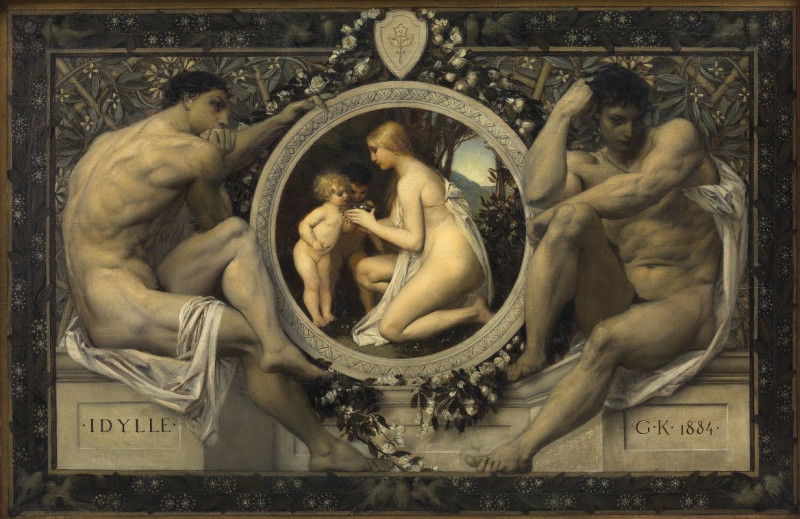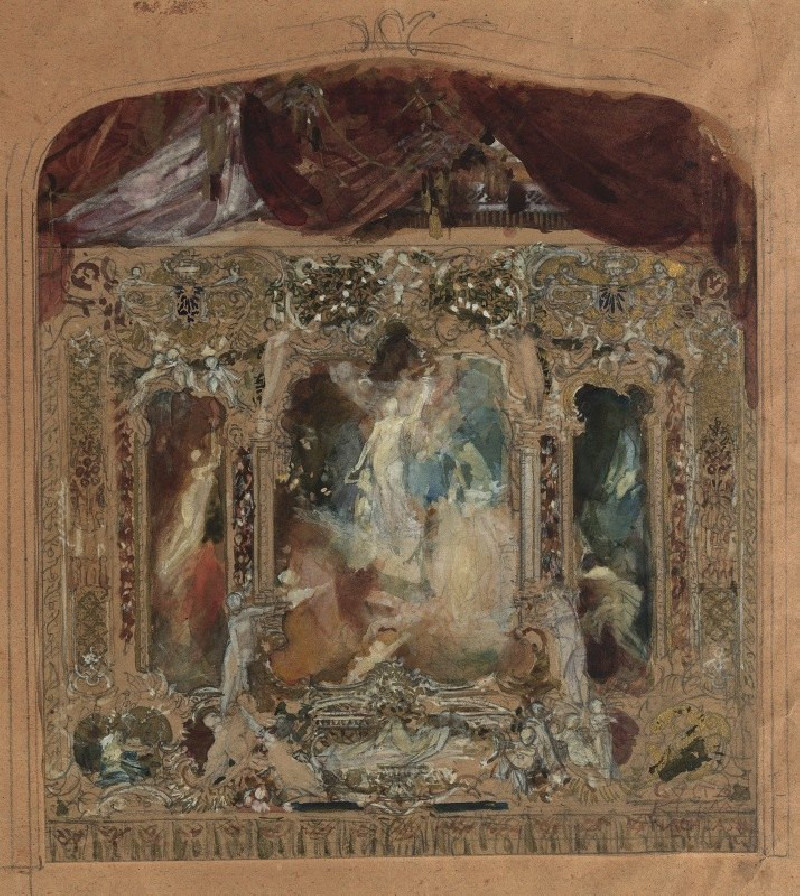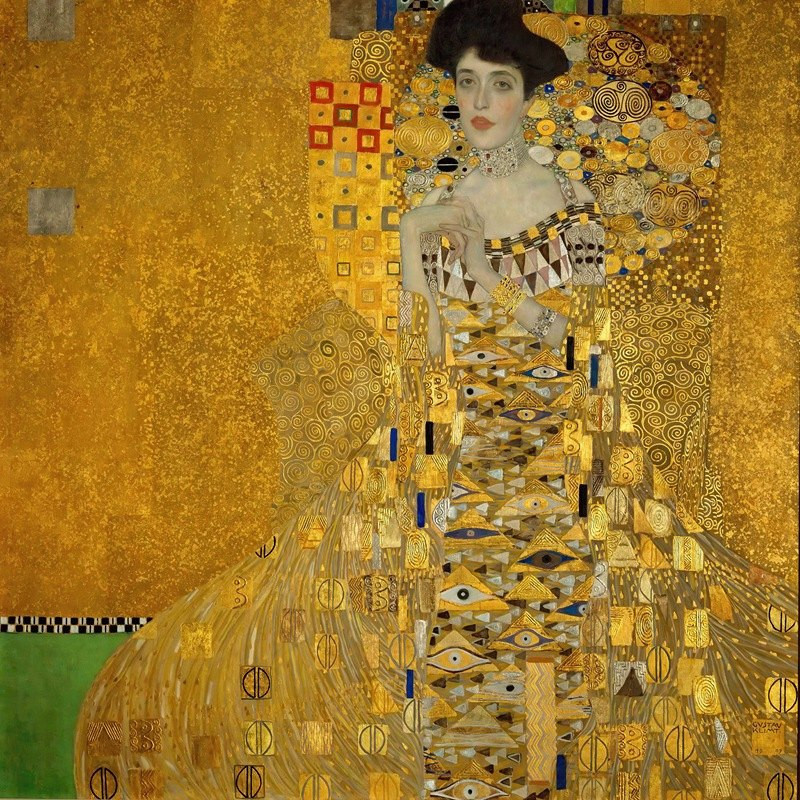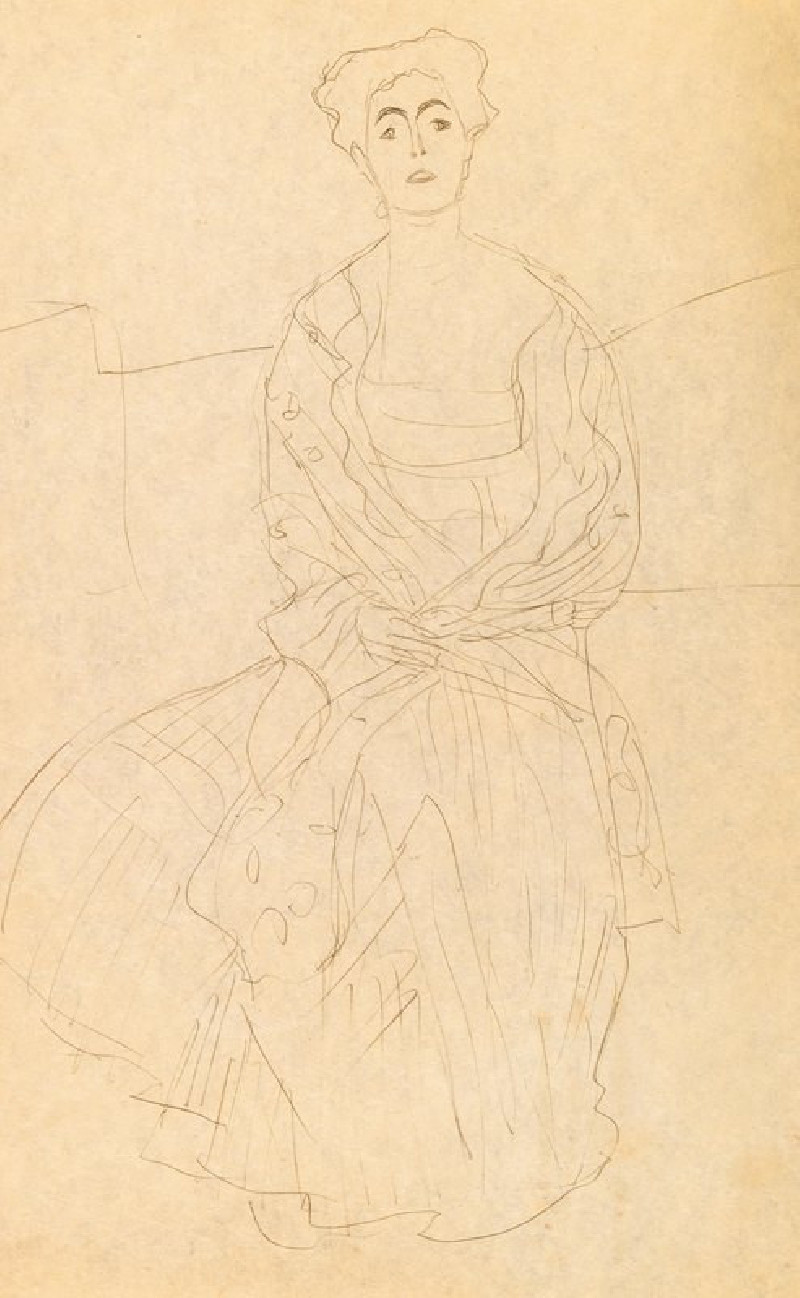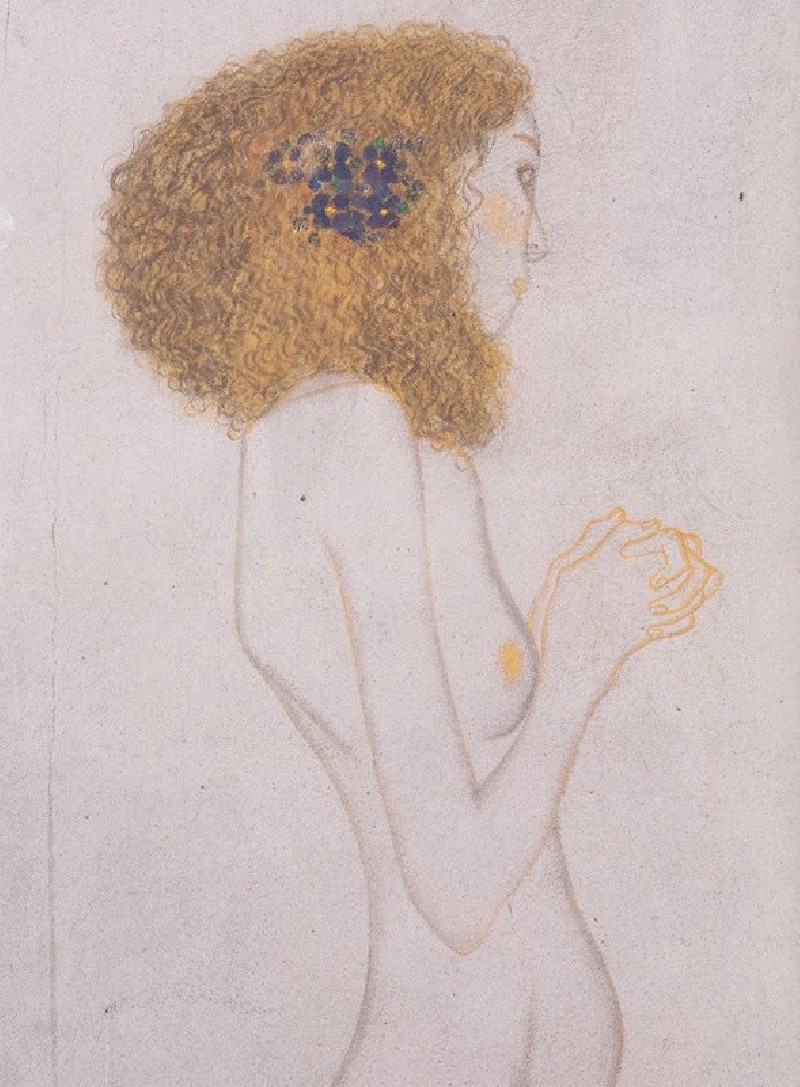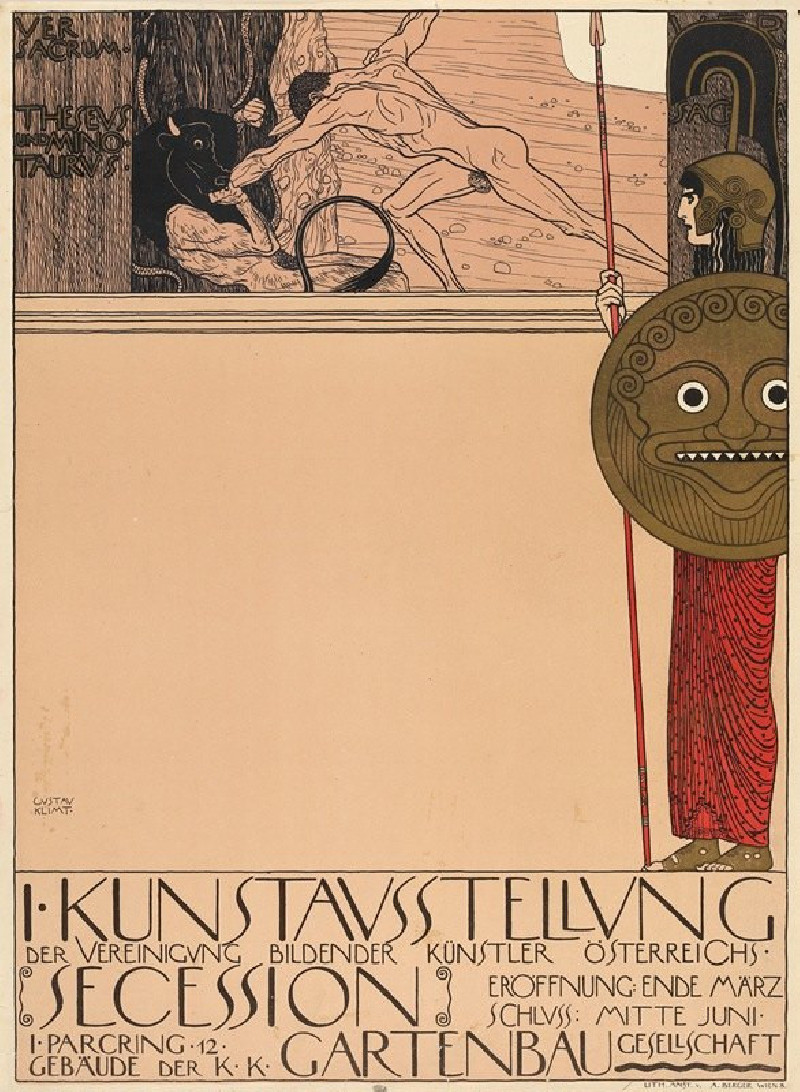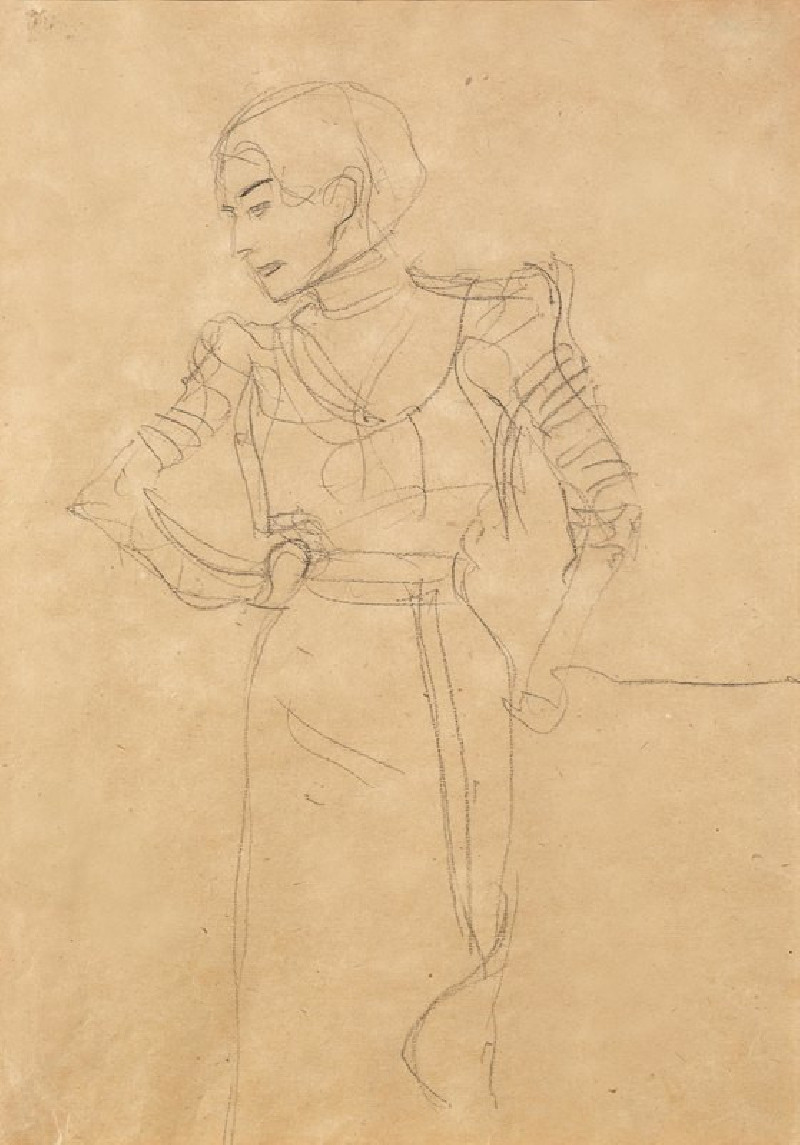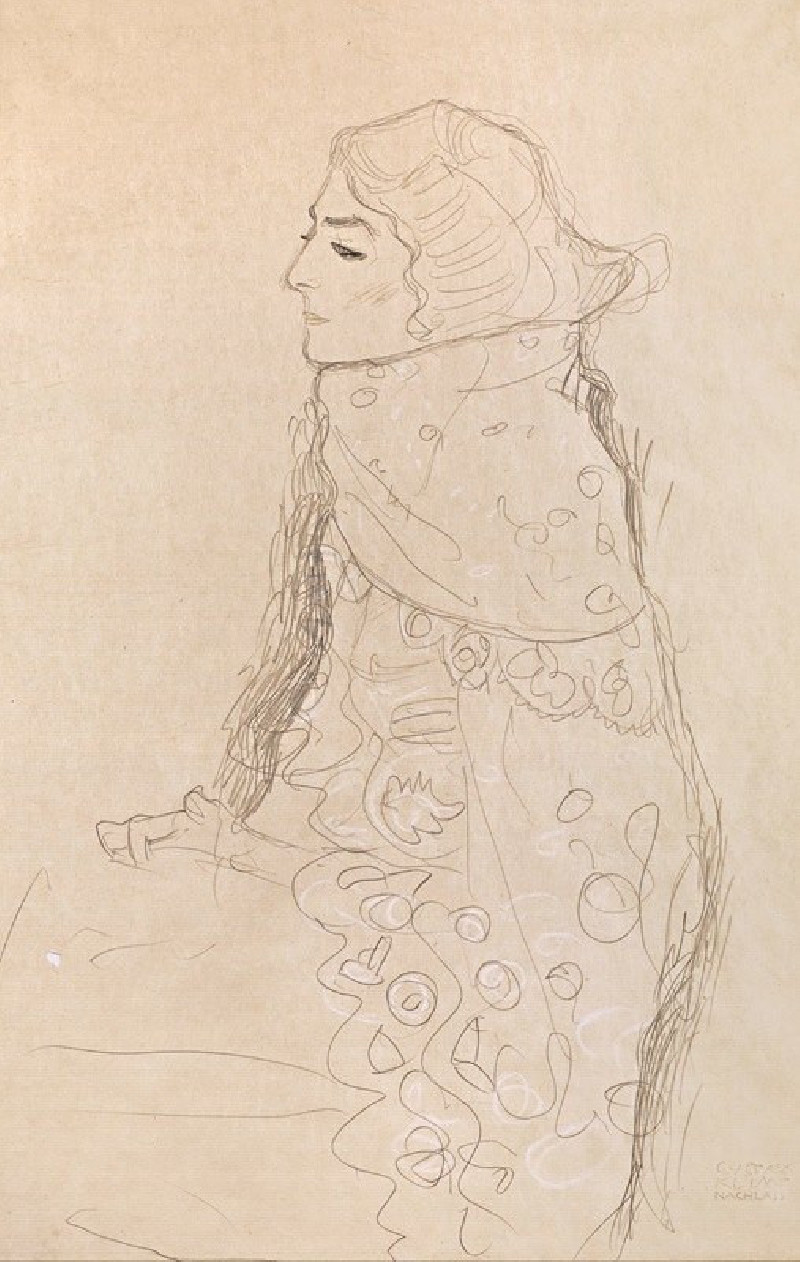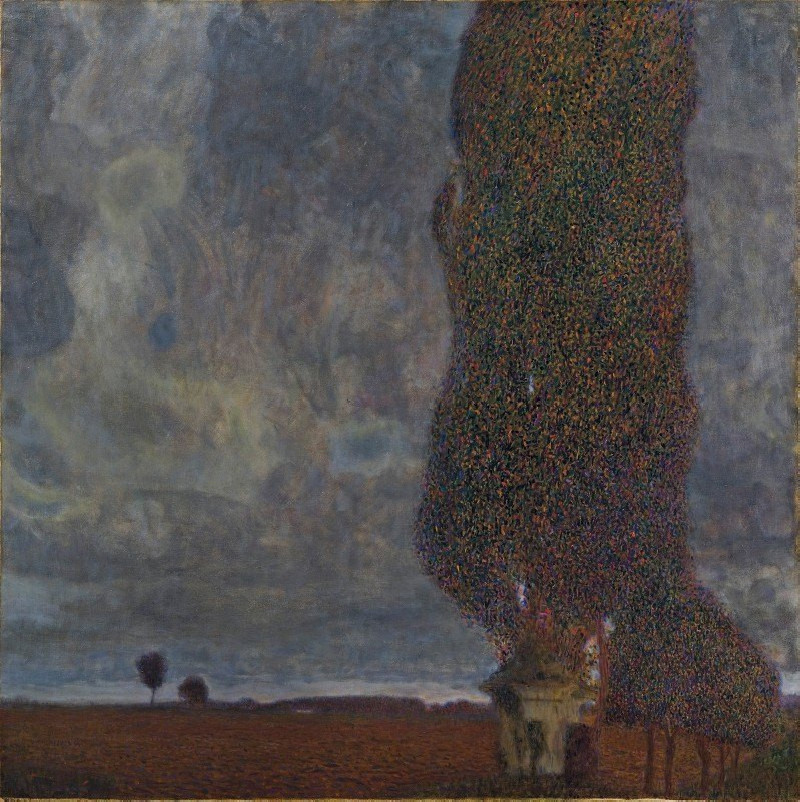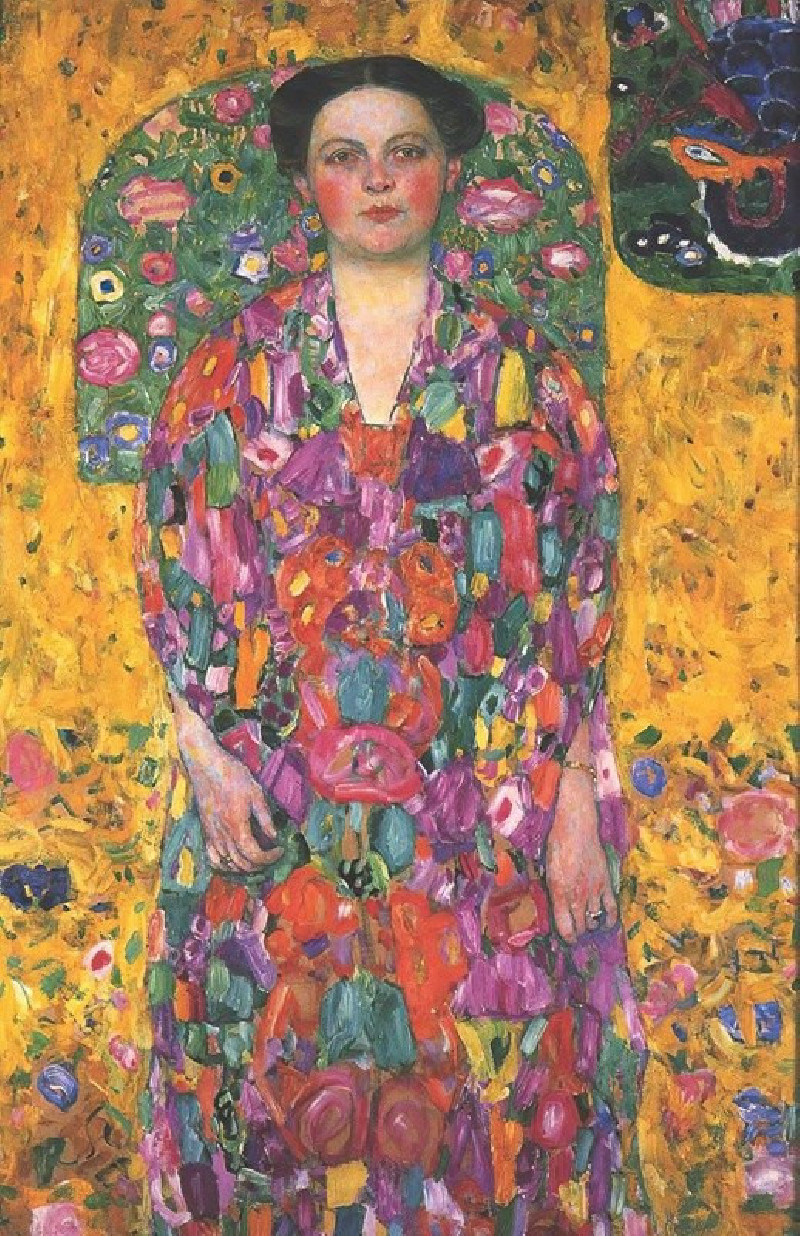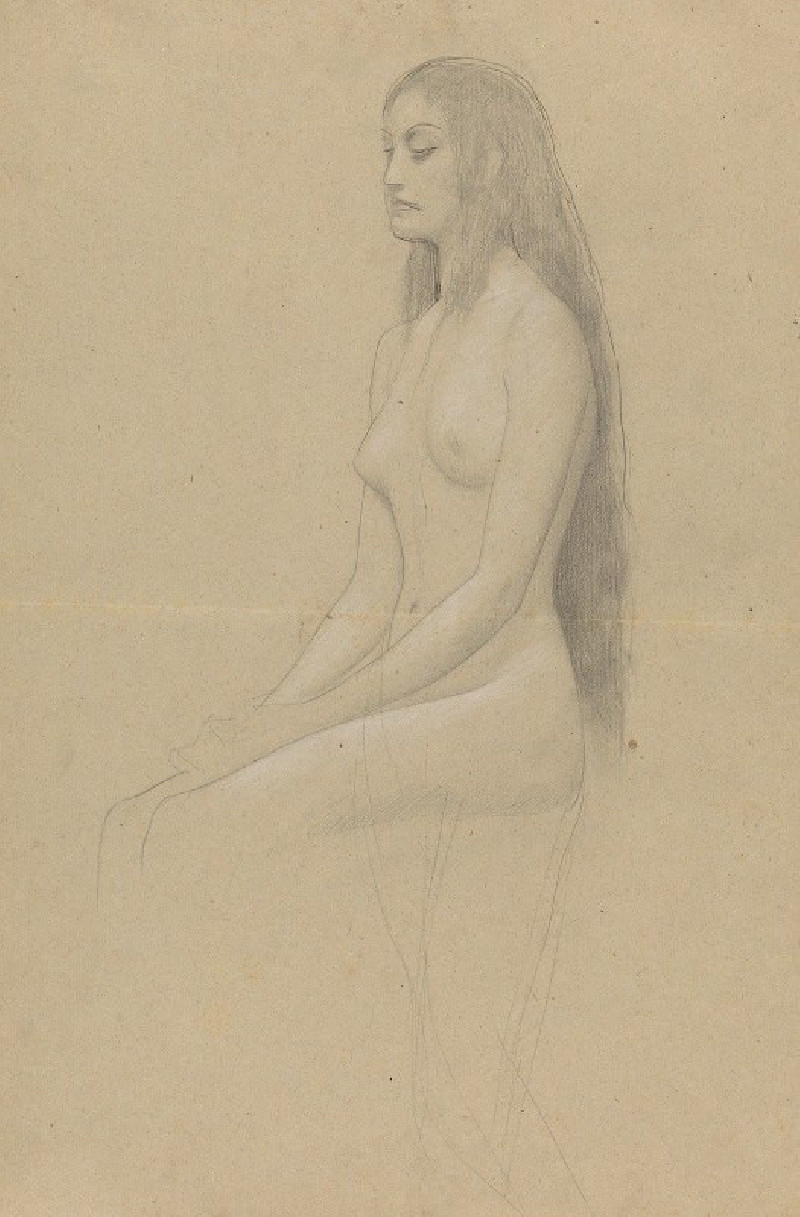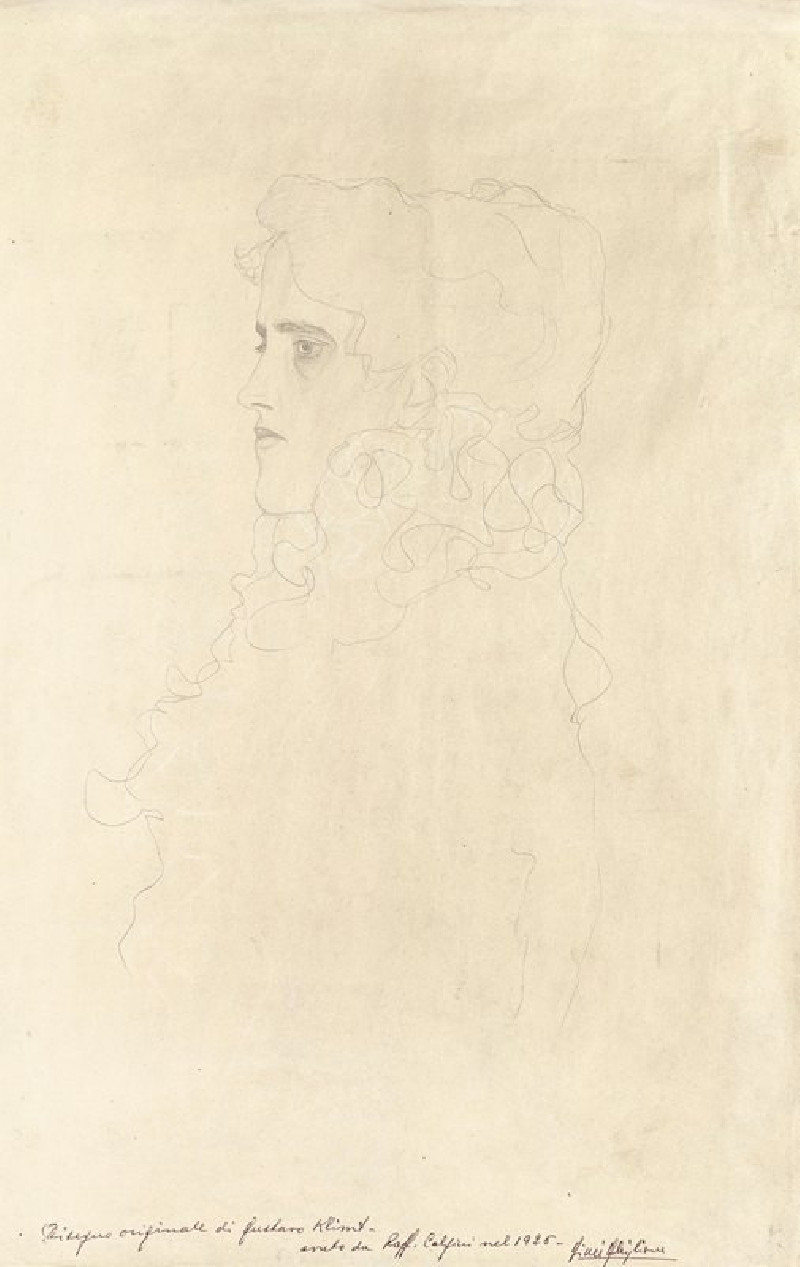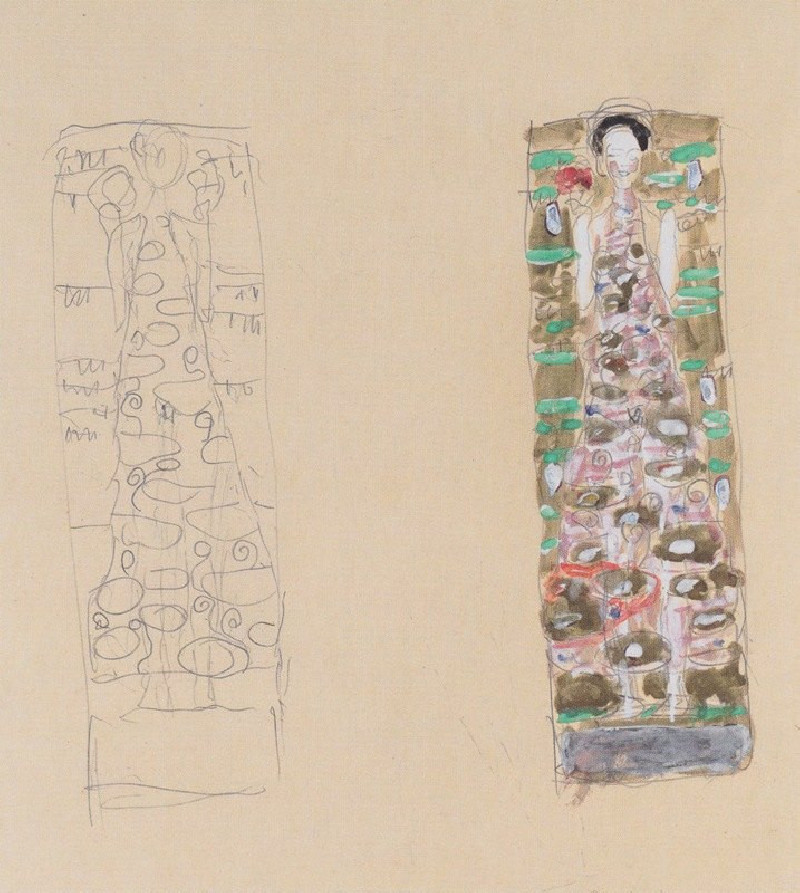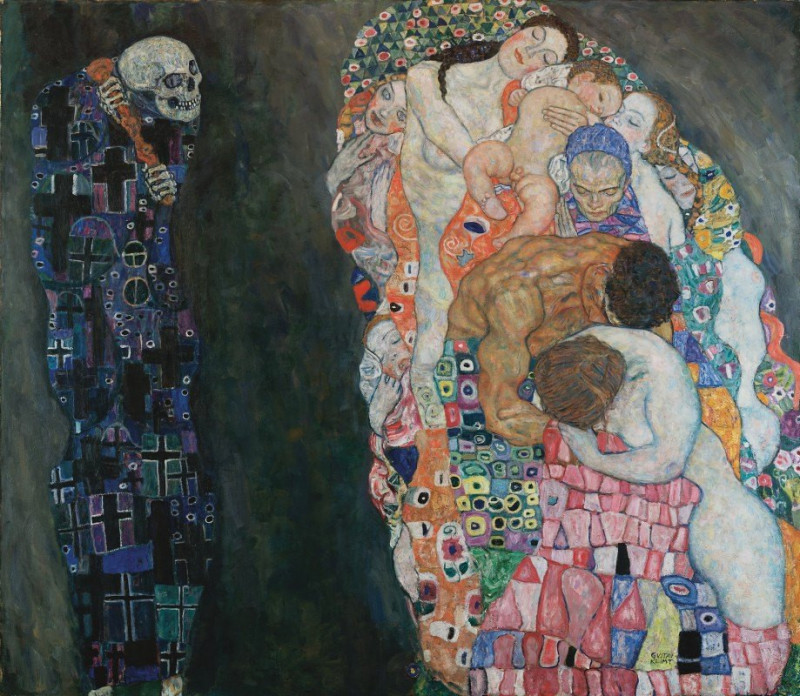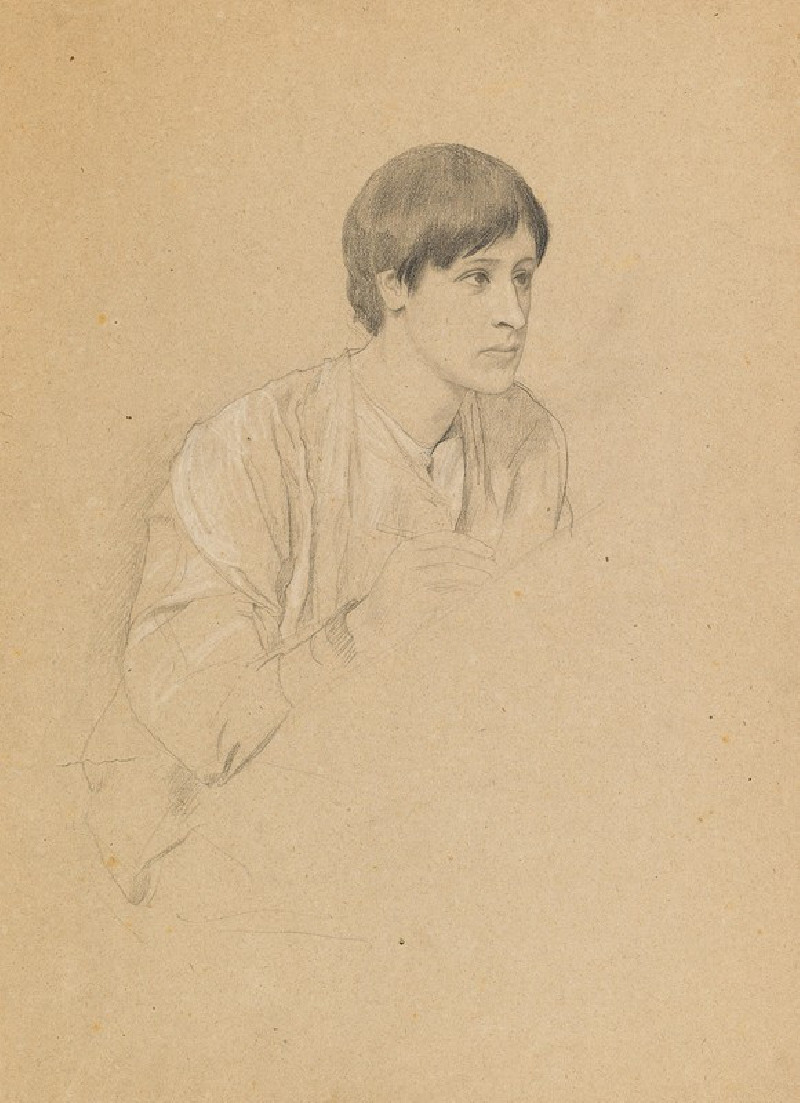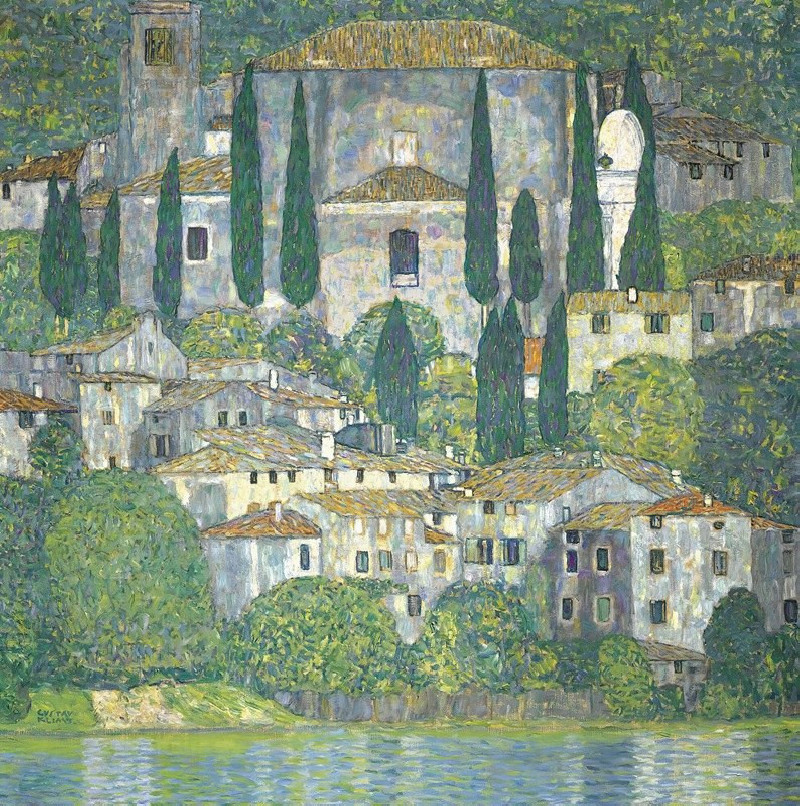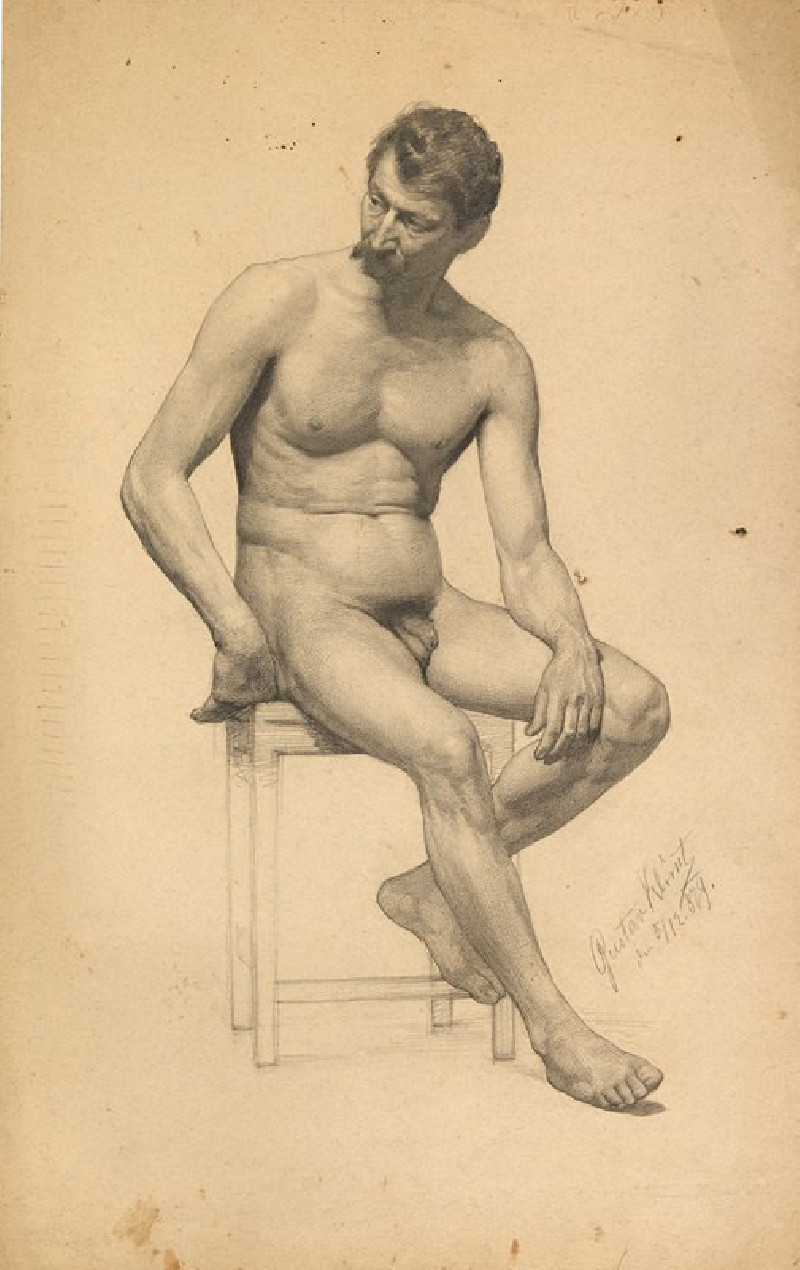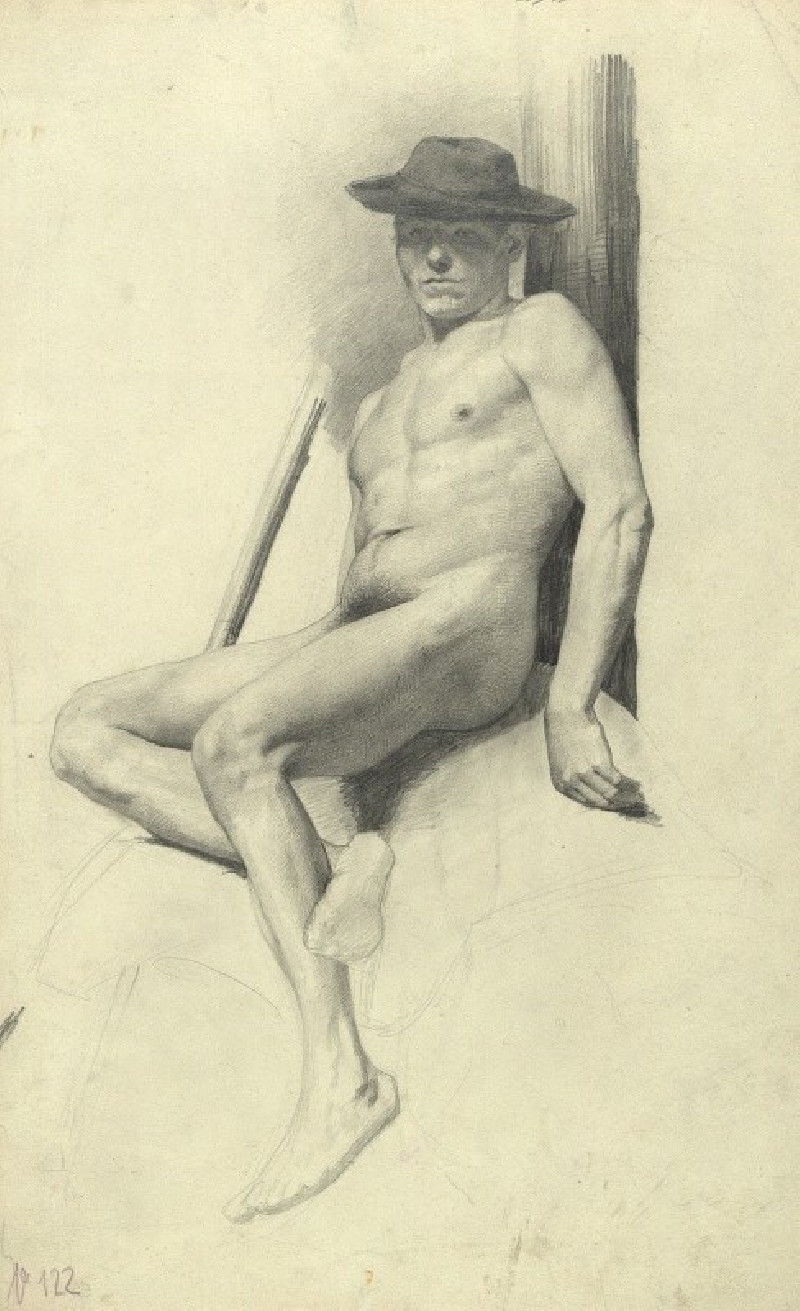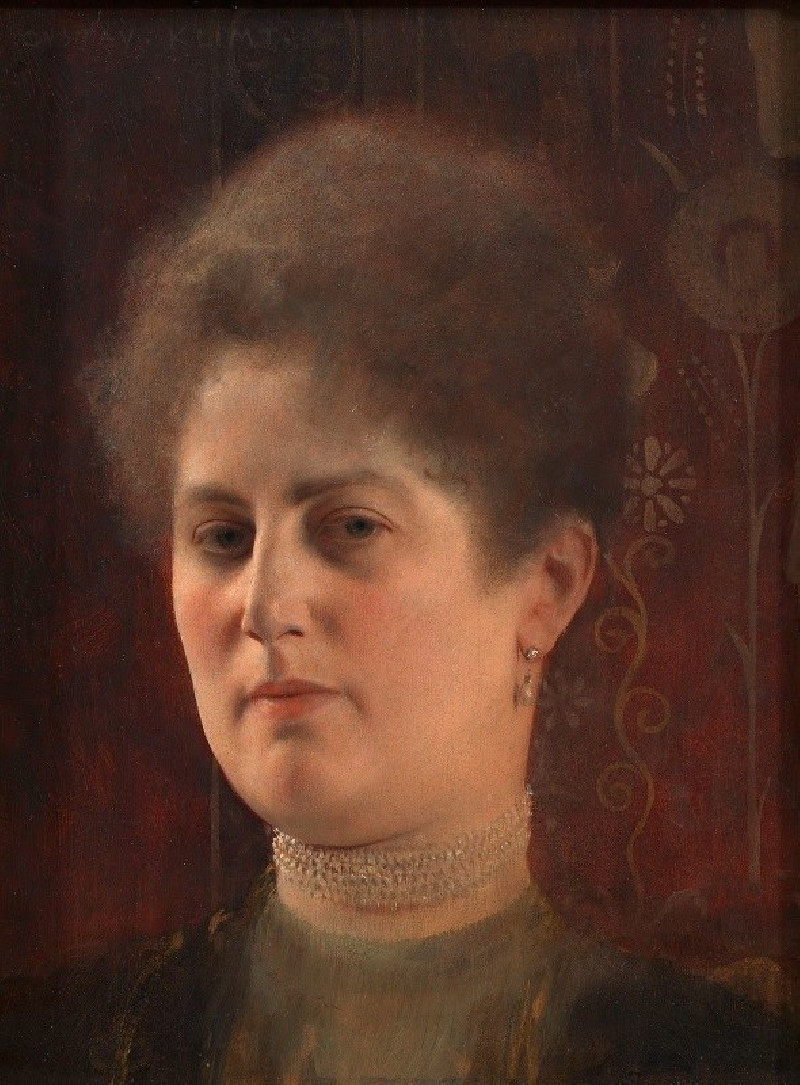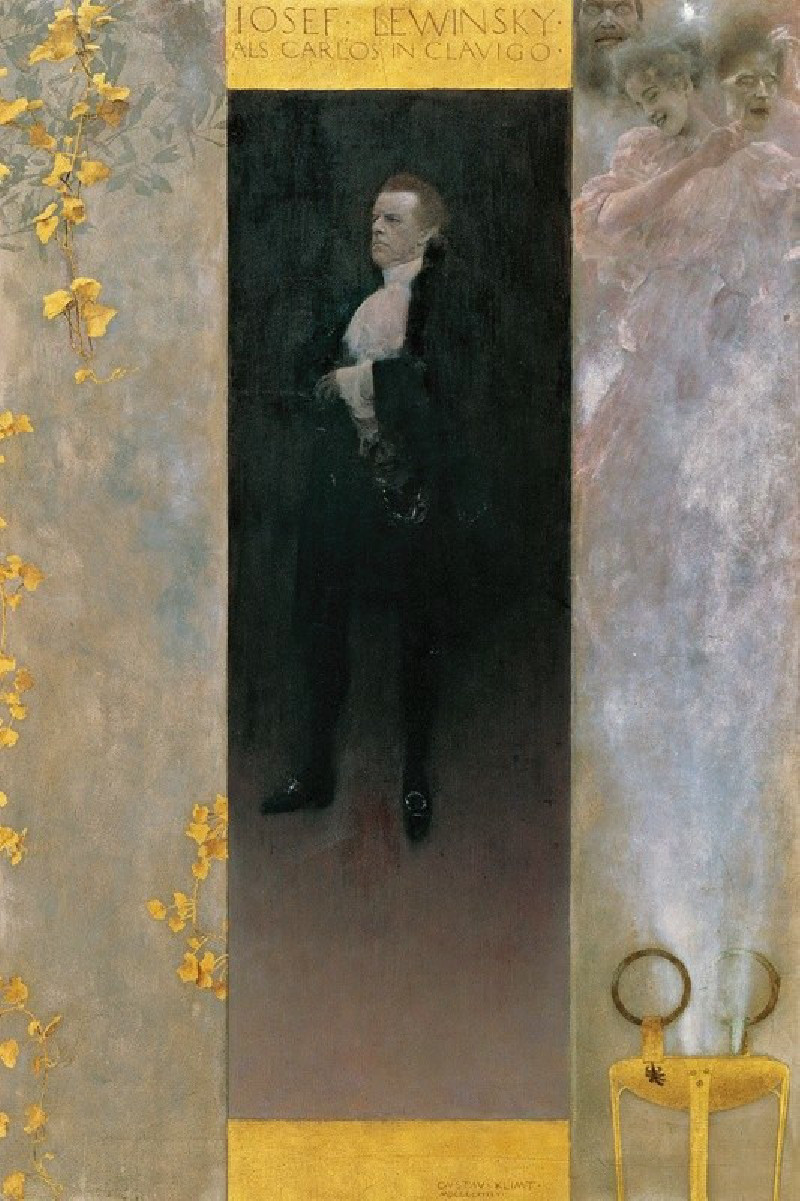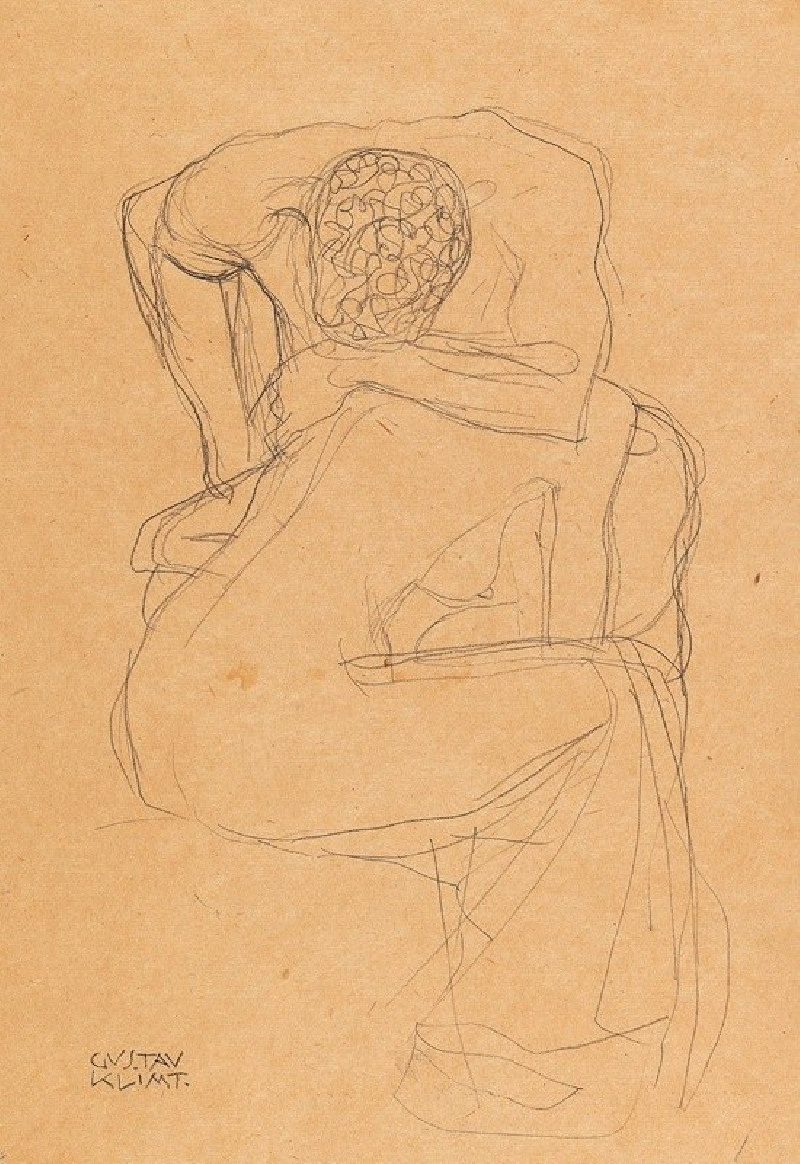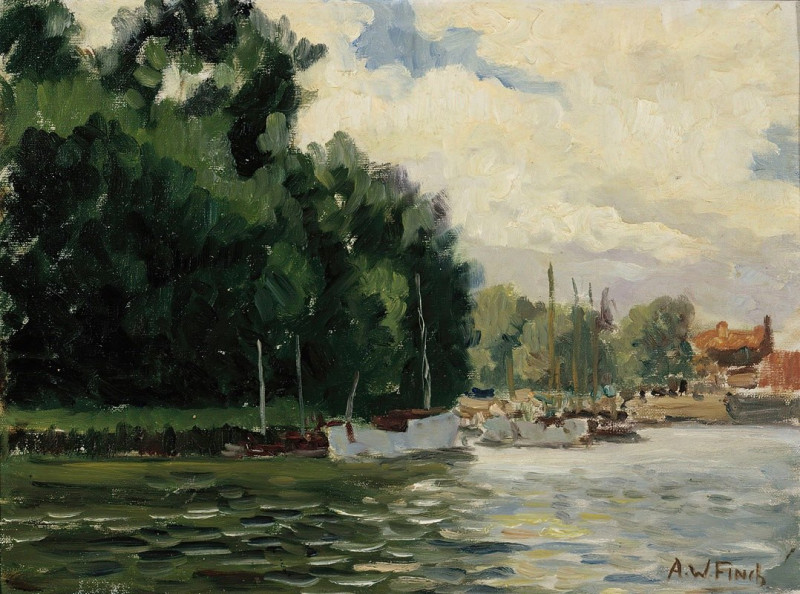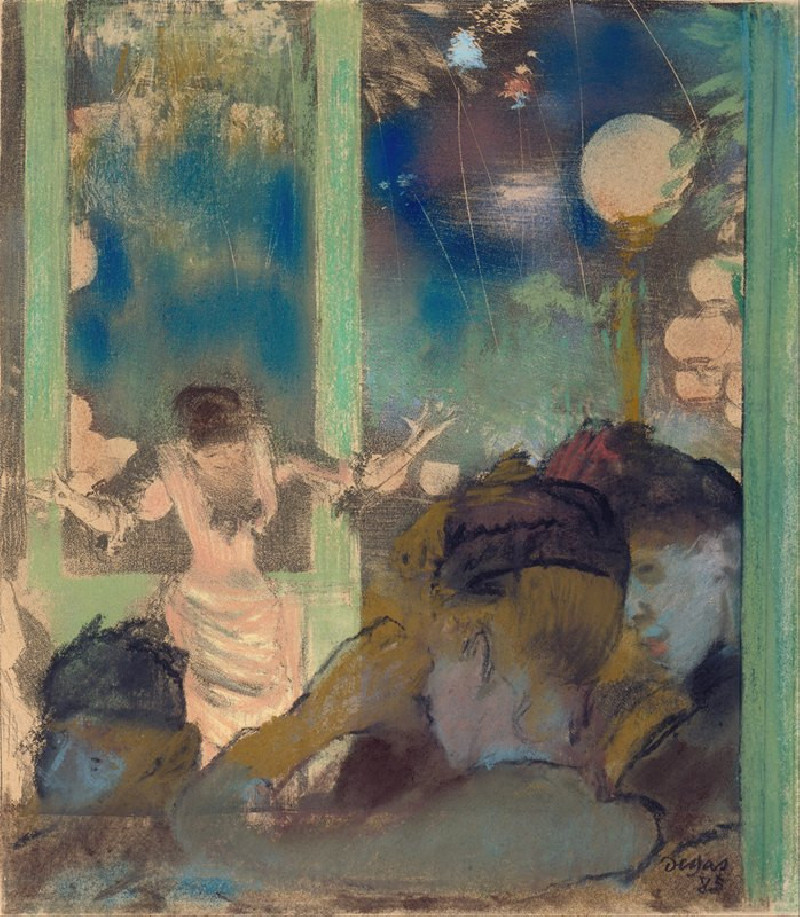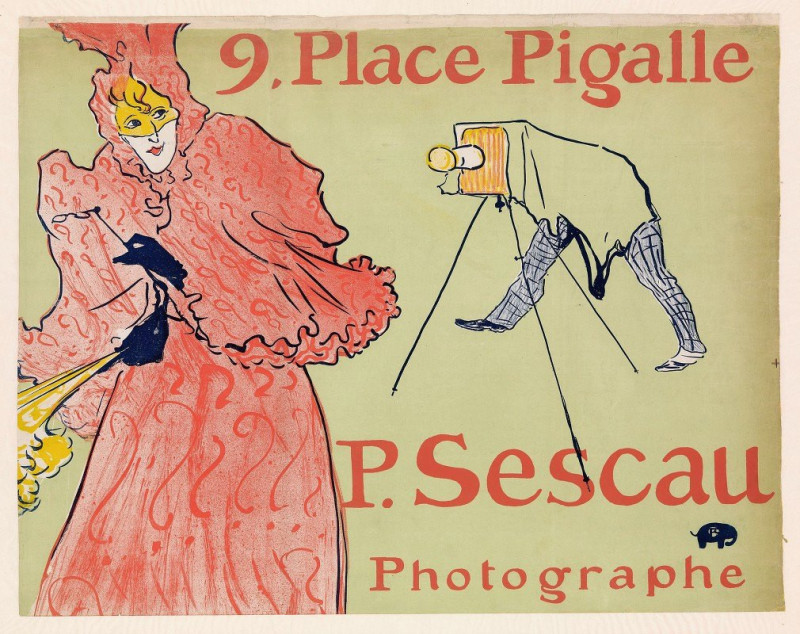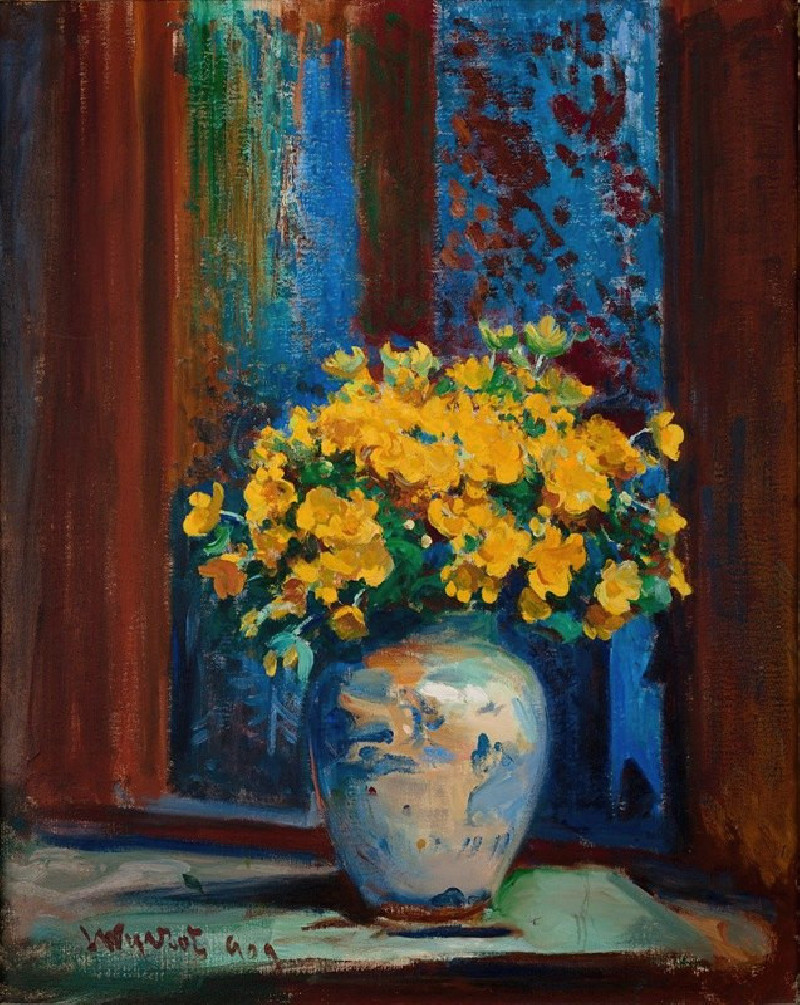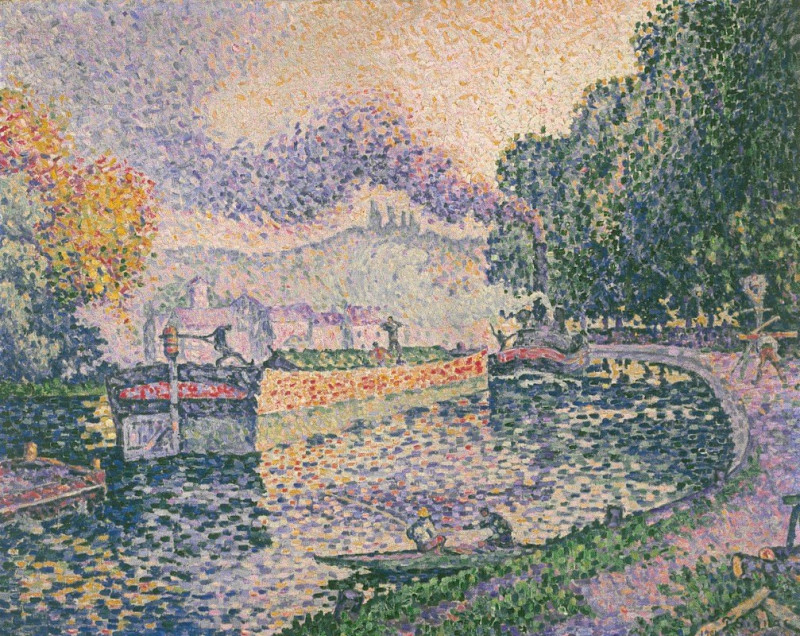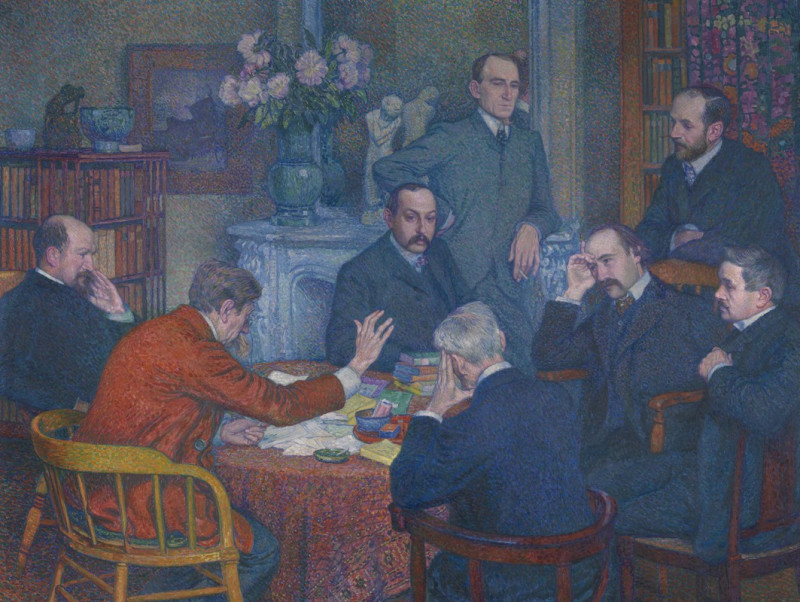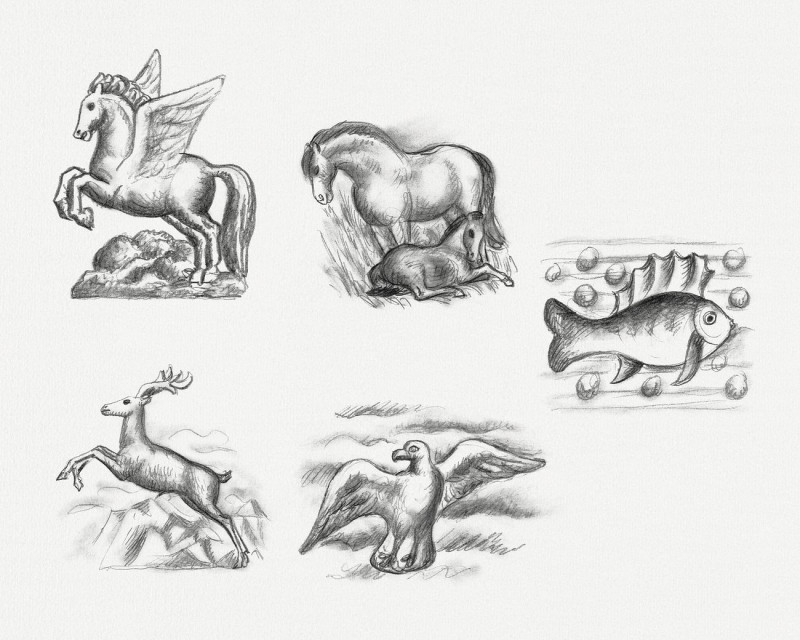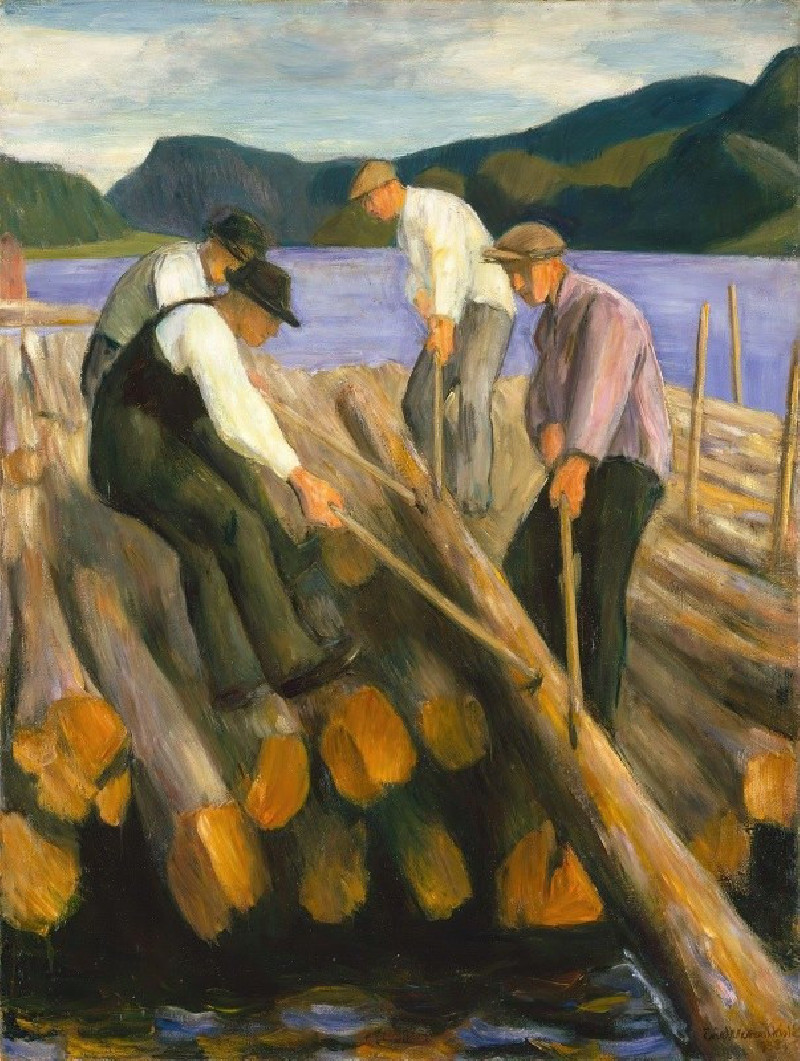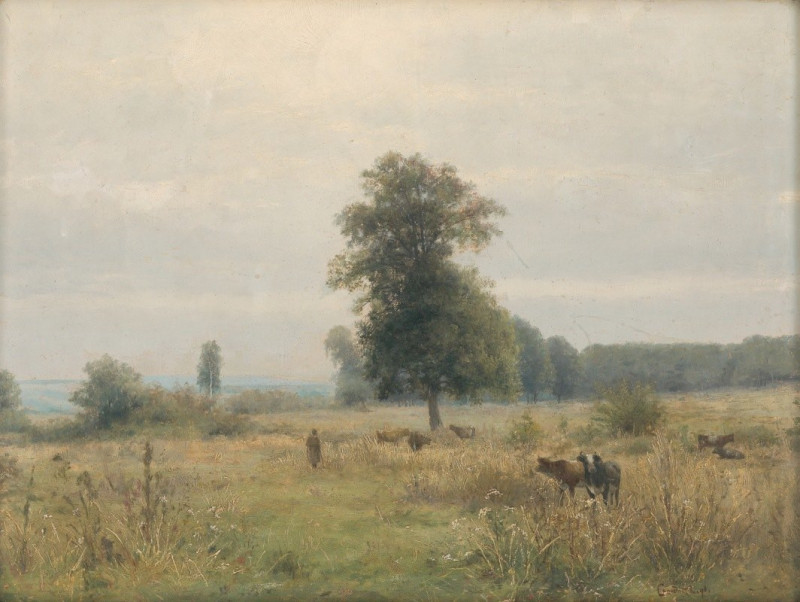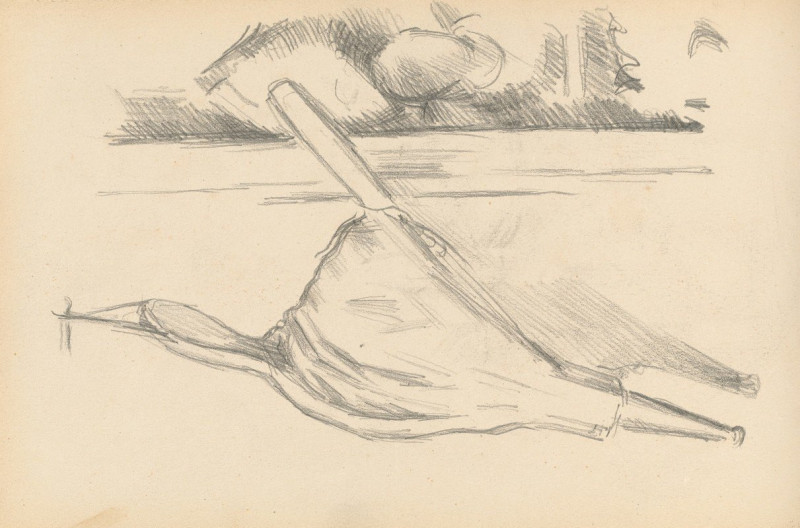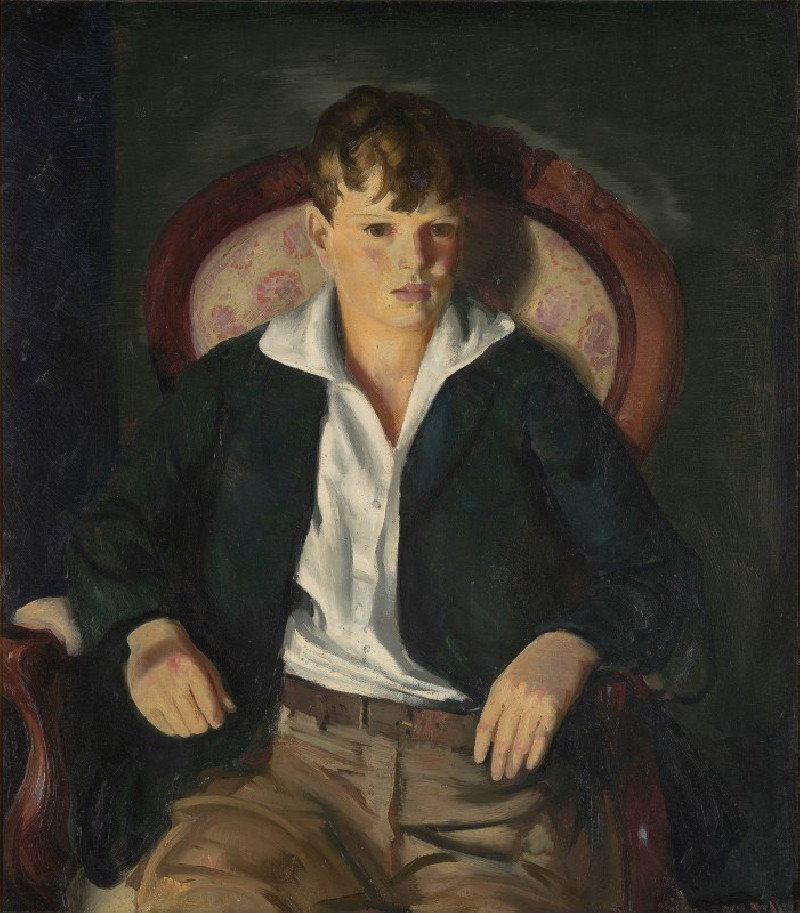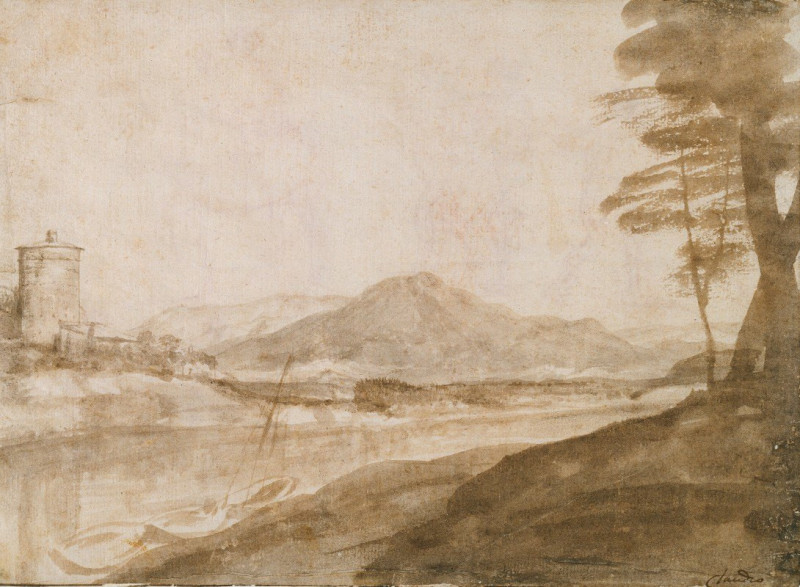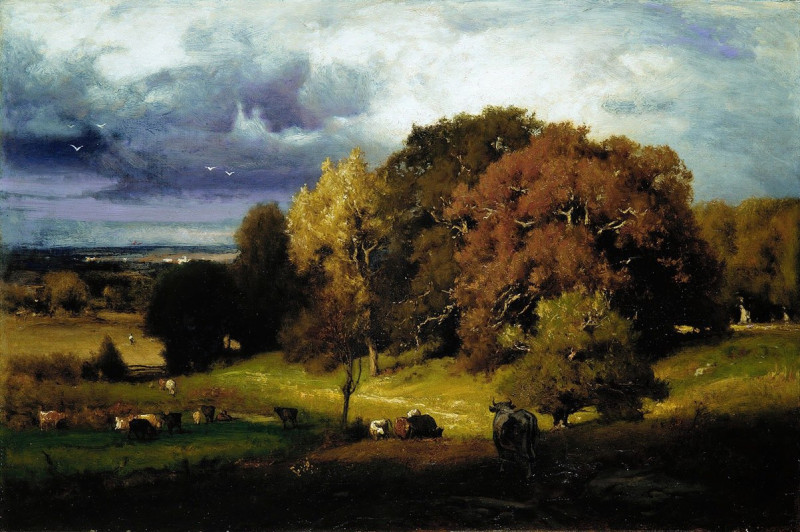Hygieia
Technique: Giclée quality print
Recommended by our customers
More about this artwork
A captivating work by the celebrated Austrian symbolist painter Gustav Klimt, "Hygieia" is part of a larger composition known as the faculty paintings created for the University of Vienna's ceiling. Named after the ancient Greek goddess of health, hygiene, and the associate of the god of medicine, Asclepius, this painting is a powerful representation of health and disease.In the artwork, Hygieia is depicted in a regal and somewhat mystical manner, standing solemn and serene. Her bright, penetrating gaze seems to traverse the viewer, capturing attention with a magnetic power. Swathed in robes that feature ornate patterns of gold and red, the colors shimmer and flow with a life of their own. Klimt’s trademark use of gold leaf enhances the divine and precious quality of the character. The mesmerizing rhythms of swirls and geometric shapes that adorn her attire speak of the Art Nouveau style that Klimt is famous for.One of the most striking elements of the painting is the golden serpent, coiling gently around Hygieia's arm. The serpent, an ancient symbol associated with medical arts and rejuvenation due to its ability to shed its skin and renew itself, reinforces the theme of health. Also seen in the background are dream-like images of suffering echoed by shadowy figures and a skull, perhaps indicating the omnipresence of disease and death, and the eternal struggle against them."Hygieia" is not just a mere portrayal of a mythical figure, but a profound exploration of themes of life and mortality, health and illness, woven into a dazzling tapestry of colors and gold.
Delivery
Returns
Gustav Klimt (1862–1918) was one of the greatest Austrian symbolist painters of the Art Nouveau era. Renowned as one of the most prominent founding members, and as a president of the Vienna Art Nouveau movement (Vienna Secession). His works were mainly paintings, murals, and sketches. Marked by his numerous erotic drawings, Klimt's primary subject were female figures, and at one point his work was even criticized as pornographic. Klimt found financial success in his "Golden Phase" with decorative techniques and the prominent use of gold leaf in his paintings.

